This weekend, as the nation remembers its war dead, please pause to think of nearly 250 Old Emanuels, and several staff, who lost their lives in both World Wars and 1700 in total who served their country. This article focuses on the Old Emanuel First XV of the 1938/39 season, most of whom had very recently left school, and the fates of some of the players. The photograph provides a snapshot of an era when only OEs played for the Emanuel team.
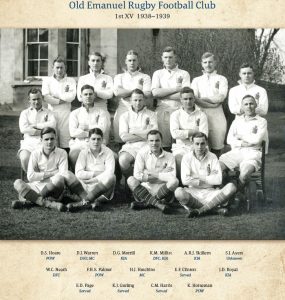
Incredibly, fourteen of the fifteen men featured in the photo served in the war. Four of the fifteen lost their lives, another four received military awards of high distinction, a further three were POWs at some point in the conflict and two were Battle of Britain pilots. If ever there was a photo which could tell a thousand stories, this is it. Our Archive is blessed with photos of this ilk which are steeped in school history, but few can match this poignant example once it is examined in more detail.
Claude ‘Taffy’ Neath (Staff 1936-72) returned to Emanuel after the war, resuming his career as a Latin teacher after serving as a radio operator in Bomber Command and flying many operations with Squadron No. 61. He worked at Emanuel for his entire career and was held in such high esteem that when he retired an Old Emanuel rugby testimonial was arranged in which several British Lions played and other top club players participated. If pupil gossip was to believed, ‘Taffy’ was a legendary ‘Dam Buster’. Even if this was not true, he served throughout the war and his exploits were clearly a point of conversation and speculation with many boys as he was known to refer to the war in his lessons.
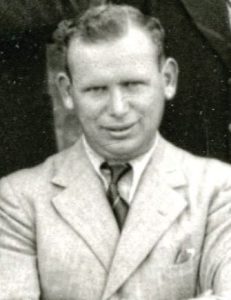
Army spy and welter/middle weight army boxing champion Felix Palmer (OE1920-28) attempted so many prison escapes that The Daily Telegraph’s colourful obituary referred to him as a “one man resistance movement’. By the end of 1940, he had already made three escape attempts and as punishment faced long periods in solitary confinement. On one occasion, he built a shortwave radio and was known to hide it within a deflated ball, attempting to pick up snatches of news from the airwaves.
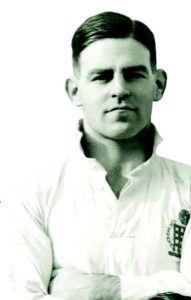
Several OEs served in the RAF and Dougie ‘Sammy’ Hoare (OE1929-35) was shot down in enemy territory towards the end of the Battle of Britain. His family later sent him a copy of The History of Emanuel School whilst he saw out the war in a POW prison camp to cheer him up. Sammy’s copy of the book is now stored in our permanent Archive. Many of Sammy’s prison letters have survived and give great insight into life in the camps. They spell out the monotony of daily existence, correspondence courses he did to pass the time, and how, on one occasion, he was involved in a brave escape attempt where he was on the run for a week before being recaptured. One of the aspects of British life he missed most was spending a couple of hours a night in the local pub.
Kenneth Horseman (OE1929-36) was another OE who spent many years as a POW, beginning in North Africa and Libya where he was a truck driver and desert convoy navigator. Kenneth kept a very detailed journal of his experiences from 1941 until the end of the war, much of which he spent incarcerated. He was moved regularly from prison to prison before eventually ending up in Stalag IVF, a subsidiary of one of the largest POW camps in Germany. By the later stages of the war prisoners were forced into hard labour work details and Ken mentioned that because of all the digging he had to do, he did not even want to look at a window box once he returned home!
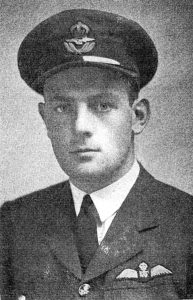
David Warren (OE1930-37) was a rare breed, winning both ‘immediate’ Distinguished Service Order (DSO) and Military Cross (MC) awards, a feat which was almost unheard of. He also played a prominent role in D-Day, remaining a career soldier beyond 1945. Like many of his generation, David had excelled in the Emanuel School Officer Training Corps (OTC) and was a brilliant marksman who was quickly promoted to Captain. David was awarded the Military Cross for leading a successful attack against several German vehicles whilst serving in Italy and by the time D-Day came around had been promoted to Major, being granted the DSO for leading an attack from the beaches against heavily defended fortifications. ‘Immediate’ awards were only given for acts of extreme bravery, courage or selflessness.
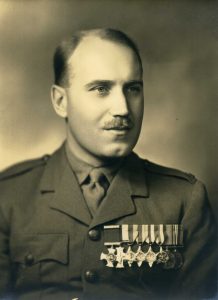
The amazing photo at the top of the page features Captains of the School, many Prefects and Sports Captains who between them fought in all key arenas of the Second World War. Many families suffered tragic losses; both Alan Skillern (OE1928-37) and Jack Royal (OE1926-34), who was killed in a flight training accident, left pregnant wives whose children would never know their fathers and in the case of Jack, the baby was put up for adoption. In 2014 photos of Jack from our Archive were given to his son, who had been trying to trace information about his long-lost father for many years. Alan lost his life in a machine gun fight in Italy and also left behind a son, John, who never knew his father but nevertheless followed him into the Army. He later wrote about visiting his father’s grave in Italy in 1980: “Influenced no doubt by knowledge of my father’s love of the Army, on leaving school I followed him into the Army and joined the Royal Marines to enable me to fulfil my wish to become a Commando”.
Sadly, pilot Kenneth Millist (OE1931-35) survived the Battle of Britain only to be killed later in North Africa. Kenneth was involved in many dangerous aerial battles and on one occasion survived being shot down in the desert before having his Hurricane destroyed by ground gunfire in 1941. This time, there would be no second chances. Kenneth is remembered on the Alamein Memorial. Both Kenneth and Alan Skillern feature in another very moving photograph of the 1935 cowed rowing First IV where three of the five boys pictured lost their lives.
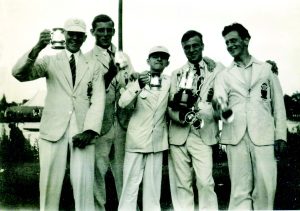
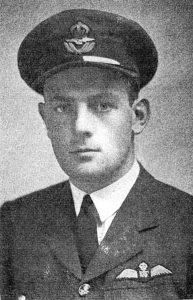
Even those soldiers who survived had tragedy touch their families. Eddie Page (OE1933-39) came from a large family and worked as a bank clerk before joining the Royal Fusiliers and spent most of the war in India and Burma. Eddie had three brothers who all served, Frank (OE1928-30), John (1926-33) and William OE1931-39) who lost his life in December 1944 during bitter fighting in the Northeast coast of Italy. Bill had originally been a Conscientious Objector and in later years Eddie became a Samaritans councillor.
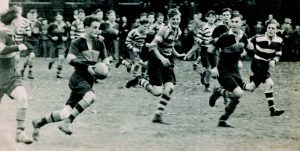
Major Harold ‘Ham’ Hutchins (OE1921-28) was awarded the MC by the distinguished General Montgomery himself and was involved in many perilous and pivotal campaigns with the 5th East Lancashire Regiment. In a moving 1997 account from Ham’s son Roger, he recalls a visit to the school: “In 1997 he was unusually keen for me to take him to an Open Day at the school, his first return for more than twenty years. He did not tell me why. Once there he struggled up the stairs to the chapel and asked me to find the Second World War memorial. From this centre aisle, unable to read the names himself after fifty years, he asked ‘Is Millist there, Morrell, Skillern and Royal?’ Satisfied they were properly recorded, he was content to go home.”
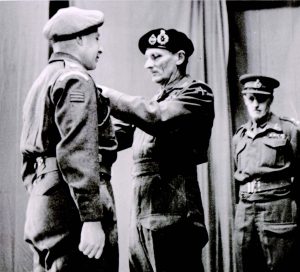
We recognise and remember the fallen in the Emanuel School community on Remembrance Day and throughout the year. The Emanuel experience of both World Wars is revisited in talks led by the Archivist, history projects into fallen soldiers and further investigation into the chapel memorials. Additionally, when Middle School trips visit the war cemeteries of Northern France and Belgium, we always try to visit Old Emanuel graves and memorials and the supplementary educational documentation given to the pupils tells the Emanuel story. Over this period of remembrance, please spare a thought for the many young men who once wore the sporting colours of both Emanuel and Old Emanuel in those times of war.
Mr Jones, Emanuel School Archivist













